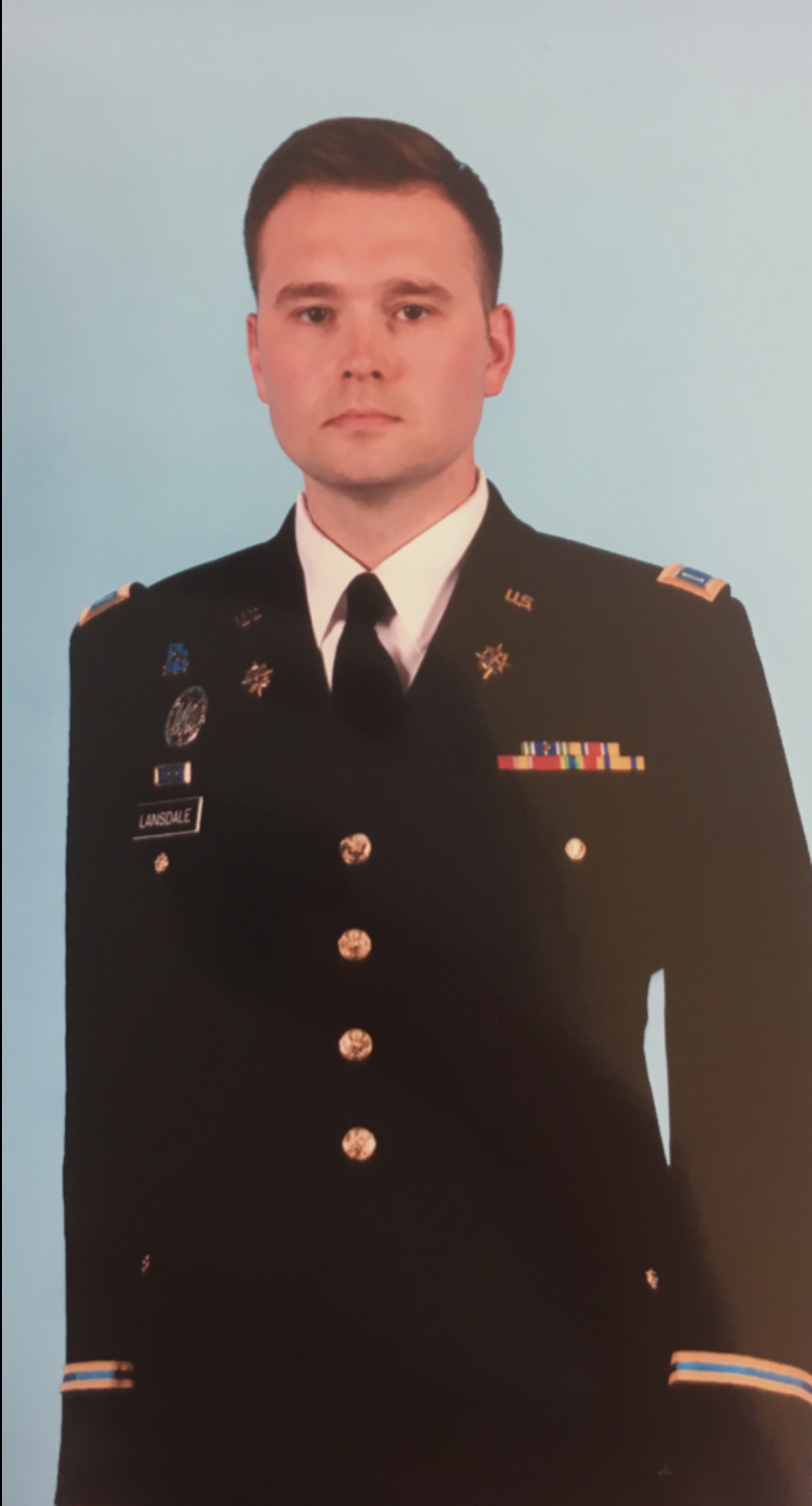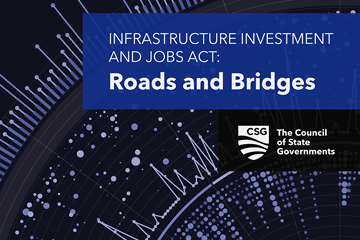On Nov. 17 and 18 at 1 p.m. (Eastern), The Council of State Governments will host a Safety Awareness on Public Transit Virtual Learning Seminar as part of the Federal Transit Authority (FTA) Crime Prevention and Public Safety Awareness project. CSG invites policymakers, stakeholders and subject-matter experts in public transportation to a two-day virtual learning seminar to engage with one another and share strategies for safety awareness on public transportation. Click here to register.
With a focus on human trafficking prevention, participants will be able to attend several sessions with speakers from different sectors in the transportation industry, sharing their experiences and best practices for mitigating safety issues. Participants also will have the opportunity to discuss the presentations with other attendees in breakout rooms as well as during a virtual action planning session.
The seminar will feature experts who are leading efforts to prevent human trafficking and strengthen public safety in public transportation.
Dharm Guruswamy, Public Transportation Safety Specialist: Dharm Guruswamy is an experienced transportation professional whose more than 20 years of professional experience spans the private, public, quasi-public and public multilateral sectors. More recently, Dharm has been a key player in the federal government’s first exercise of direct safety oversight of a rail transit agency, where he currently serves as deputy director of FTA’s Washington Metropolitan Transit Authority (WMATA) Safety Oversight Team. He is a member of the Rail Transit Systems Committee (AP065) and a former member of the Intercity Passenger Rail Committee (AR010) of the Transportation Research Board. Dharm holds a Transit Safety and Security Program Certification for Rail (TSSP-Rail) from the Transit Safety Institute of the U.S. Department of Transportation.
Polly Hanson, Senior Director of Security, Risk & Emergency Management: Polly Hanson is responsible for developing transit security, risk and emergency management standards and policies for the American Public Transportation Association. She performs peer reviews and assists with safety audits and serves as an advocate for transportation security, as well as a source matter expert on transit security, risk and emergency management issues. Hanson earned her master’s in applied behavioral science from Johns Hopkins University and her bachelor’s in communications from Temple University. In addition, she continued her education by attending the Federal Bureau of Investigation’s National Executive Institute, Law Enforcement Executive Development Seminar and National Academy. Hanson is working to obtain her FTA Transit Safety and Security Program (TSSP) and Safety Measurement System (SMS) certifications.
Allison Grossman, Director of Public Policy and Strategic Advocacy: Allison Grossman is the director of public policy and strategic advocacy at Polaris. She is an experienced strategist, advocate and nonprofit leader with expertise in issue advocacy, government relations and coalition building. Prior to joining Polaris, she served as the senior advisor for global policy and advocacy at RESULTS, a grassroots anti-poverty advocacy organization, where she led campaigns on global education and early childhood development. She also has worked with Save the Children and American Jewish World Service. Grossman started her career as an Eisendrath Legislative Assistant at the Religious Action Center (RAC).Grossman holds a Bachelor’s Degree in Political Science from the University of Arizona. She earned her master’s in governmental studies from Johns Hopkins University.
Chris Van Eyken, Senior Program Associate, Improving Agency Practice: Chris Van Eyken’s work focuses on encouraging transit agencies to adopt best practices and needed reforms. Van Eyken has advocated for better transit as an agency staff member and as an external advocate. He has provided technical support to agencies in the U.S. and abroad. Chris holds a bachelor’s degree in international affairs from George Washington University and a master’s degree in urban planning from Hunter College.
Kristen Joyner, Vice President, CTAA Board of Directors: Kristen Joyner is vice president of the Community Transportation Association of America (CTAA), a national membership association representing rural, small-urban, specialized and non-emergency medical transportation (NEMT) providers. Joyner has represented the South West Transit Association (SWTA) on the CTAA Board since 2017. Currently, she serves as an advocate for transit issues and conducts leadership training and certification programs for transportation professionals. From 2012-16, she was a member of the White House Task Force for Transit Leaders. Recently, she led Operation Veterans in Public Transportation, a project that SWTA developed to acknowledge and support veterans in transportation.
Scott Bogren, Executive Director: Scott Bogren has been with the Community Transportation Association of America (CTAA) since 1989, serving the Association in a wide variety of roles before being named executive director in 2016. He is a passionate transit advocate and, prior to COVID-19, a daily transit user. His work always has focused on building and promoting safe, affordable, accessible and inclusive mobility for all Americans.
The Honorable Judge Jamie Cork of Minnesota: Jamie Cork was appointed to the First Judicial District Bench in August 2016, where she presides over a variety of cases. She co-chairs the Dakota County Domestic Violence Coordinated Community Response Team and the Juvenile Detention Alternatives Initiative (JDAI)-Elimination of Racial Bias Committee. She also is an active member of the First District Equal Justice Committee, Minnesota Children’s Justice Initiative (CJI), CJI Indian Child Welfare Act training faculty and subcommittee and CJI Parent Representation subcommittee. Judge Cork worked with Indian tribes and communities in an attempt to assure that families and children were able to obtain culturally appropriate education and services. Judge Cork helped establish Minnesota statewide policy, training and community outreach regarding the sexual exploitation of youth. She has brought awareness and education about human trafficking to the community through local, state, national and international presentations to judges, attorneys, law enforcement and other professionals.
Assemblymember Ash Kalra of California: Assemblymember Ash Kalra represents California’s 27th District, which encompasses approximately half of San José and includes all of downtown. He was first elected in 2016, becoming the first Indian American to serve in the California Legislature in state history, and was re-elected to his third term in 2020. Kalra is the chair of the Committee on Labor and Employment and also serves as a member on the Housing and Community Development, Judiciary, Transportation, and Water, Parks and Wildlife committees. He earned a Bachelor’s Degree in Communication from the University of California, Santa Barbara, and a law degree from Georgetown University.
Assemblymember Carol Murphy of New Jersey: Assemblymember Carol A. Murphy is currently serving her second term representing the Seventh Legislative District. First elected in 2017, Murphy is the first woman in over 20 years to represent the Seventh Legislative District, and the first Democrat from Mount Laurel to serve in the state legislature. She currently serves as the Assembly Deputy Majority Leader and is the Vice-Chair of the Assembly Judiciary Committee. She also is a member of the Assembly Budget Committee, the Assembly Financial Institution and Insurance Committee and the Assembly Oversight, Reforms and Federal Relations Committee. She also serves on the Assembly Special Committee on Infrastructure and Natural Resources.
Interested parties can reach out to Sydney Blodgett at [email protected] with any questions and register with the following link: https://csg-org.zoom.us/meeting/register/tZAqcuyuqjwrEtZ3wDdeDSNLdtzcmPl-n4-9.





